Tonearm: what is it and how to set it up?
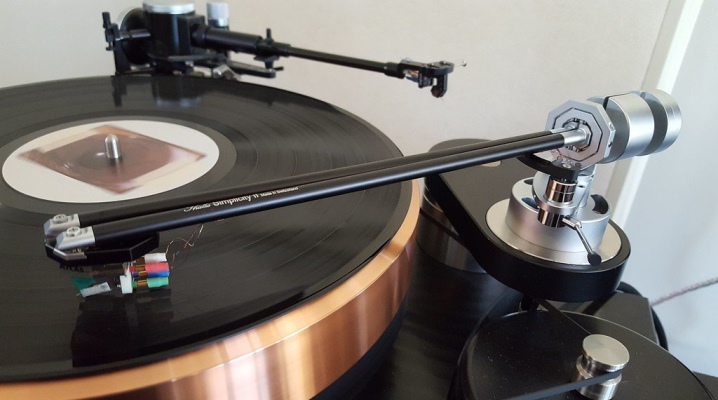
Given the active growth in the popularity of analog sound and, in particular, vinyl players, many are interested in what a tonearm is, how to tune it correctly? Initially, it should be noted that the sound quality directly depends on the combination of such structural elements as the tonearm, cartridge and stylus. In this case, the main units and assemblies by and large ensure uniform rotation of the carrier (plate).
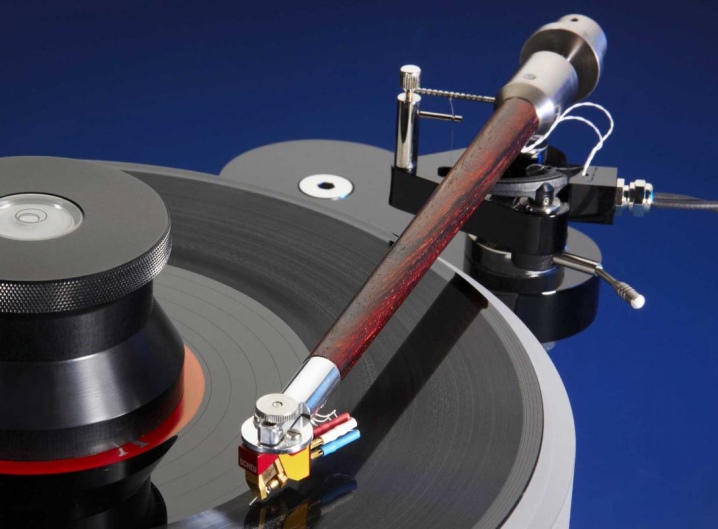
What it is?
The tonearm for a turntable is lever armon which the cartridge head is located. Given the importance of this element, certain requirements are imposed on it, namely:
- maximum rigidity;
- lack of intrinsic resonances;
- prevention of exposure to external resonances;
- sensitivity to vinyl roughness and the ability to make vertical movements to bend around them.
At first glance, the functions performed by the tonearm look simple enough. However, this player element is a complex and highly accurate mechanism.

Device and characteristics
Externally, any tonearm - this is a lever with a head attached to it... This element of the cartridge is installed on a special mounting platform called a shell. It is also designed to wire the cartridge to the tonearm. Since the tables are equipped with levers for cartridges of different sizes, a removable platform (armboard) is made for them.

When studying the structure of the tonearm, it is worth highlighting the following key characteristics of one of the important structural elements of a turntable for vinyl.
- The form (straight or curved).
- Length, varying in the range of 18.5-40 mm. The longer the lever, the smaller the angle between the tangent to the track of the plate and the longitudinal axis of the mechanism itself. The ideal error then tends to zero, at which the tonearm is located almost parallel to the track.
- Weight within 3.5 - 8.6 g. The device should be as light as possible in order to minimize the pressure on the needle and the carrier (plate) itself. At the same time, too light weight can cause the arm to bounce on the bumps in the vinyl.
- Material... As a rule, we are talking in this case about carbon fiber and aluminum.
- Canopy, that is, the distance from where the cartridge is mounted on the arm to the plate determines which cartridges can be mounted on the arm.
- Anti-skating. During the operation of the turntable, the force constantly acts on the needle, arising from its friction against the groove walls and directed towards the center of the vinyl disc. In such a situation, to compensate for this effect, a reverse action is required, which turns the mechanism towards the middle of the rotating carrier.
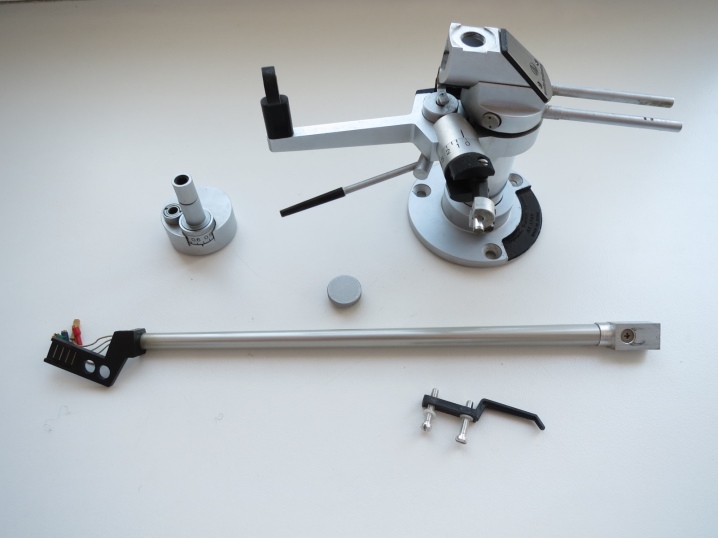
In addition to everything already listed, you should remember about such a parameter as effective mass... In this case, we mean the weight of the tube from the cartridge to the axis of the attachment. Downforce, as well as the compliance of the cartridge (compliance) are equally important characteristics. By the way, there is an inverse relationship between these values. The unit of measure for compliance is micrometers per millinewtons, that is, μm / mN.
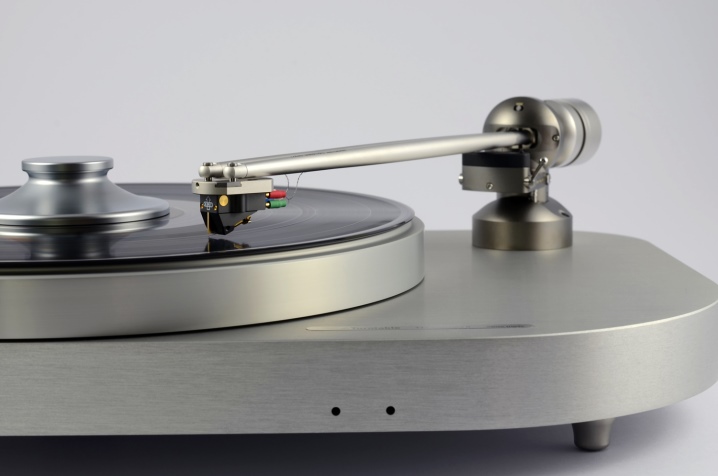
The key compliance parameters can be presented in the form of a table that looks like this:
| low | 5-10 μm / mN |
| average | 10-20 μm / mN |
| high | 20-35 μm / mN |
| very high | more than 35 μm / mN |
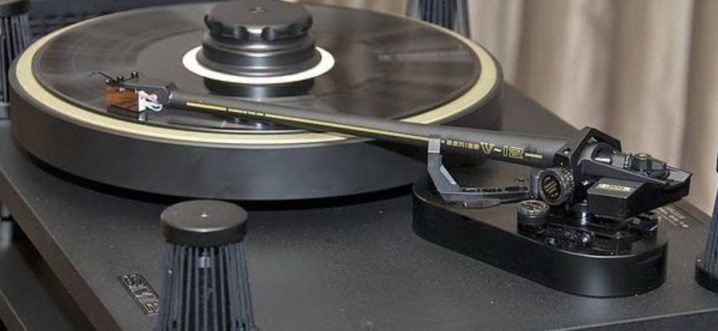
Type overview
All devices existing today can be roughly divided into two main types. Taking into account the design features, tonearms are radial (rotary) and tangential. The first variation is the most common and familiar to many users. The pivoting, single-support cartridge arm is a structural component of most turntables.


Radial
This category includes devices in which key elements (tube and head) move around a stationary axis located on the turntable itself. As a result of such movements, the cartridge changes its position along the carrier (gramophone record), while moving along the radius.
The radial type of movement of the pickup is attributed to the main disadvantages of lever models.
The search for alternative solutions resulted in the appearance of tangential tonearms.

To appreciate the advantages and disadvantages of the considered type of levers, it is necessary to take into account one important nuance. This is the location of the pickup stylus at the time of reproduction of the phonogram recorded on the record. The fact is that it must be in relation to the track, as the cutter of the recorder was located during the recording process.
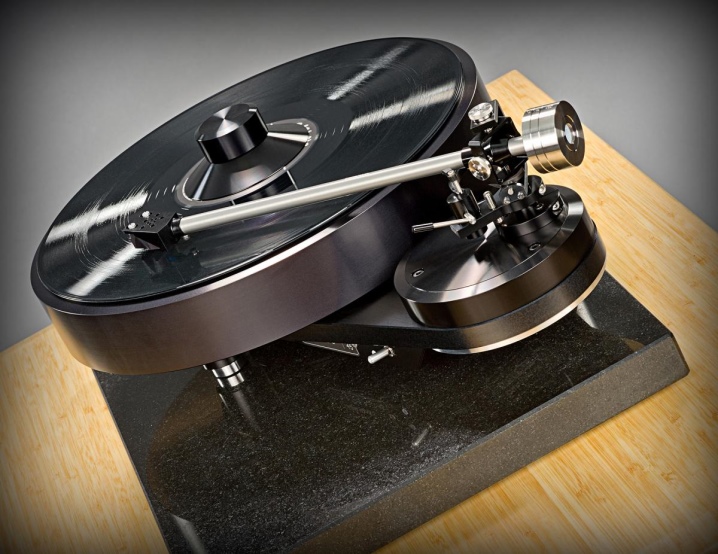
When using lever devices, the head does not move along the radius of the vinyl record, but along an arcuate path. By the way, the radius of the latter is the distance from the stylus to the axis of the arm. Because of this, when the needle moves from the outer edge of the plate to its center, the position of the contact plane constantly changes. In parallel, there is a deviation from the perpendicular, which is called the error or tracking error.
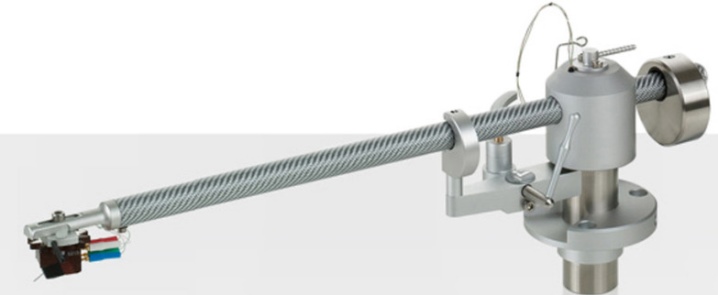
All lever arms function according to the same principle. Despite this, they can differ significantly from each other. In this case, the key points will be the following.
- The material from which the tube itself is made. We can talk about metals and alloys, as well as polymers, carbon and even wood.
- The ability to replace the shell, which is removable.
- The material from which the wiring is made, located inside.
- Availability and quality of damping elements.
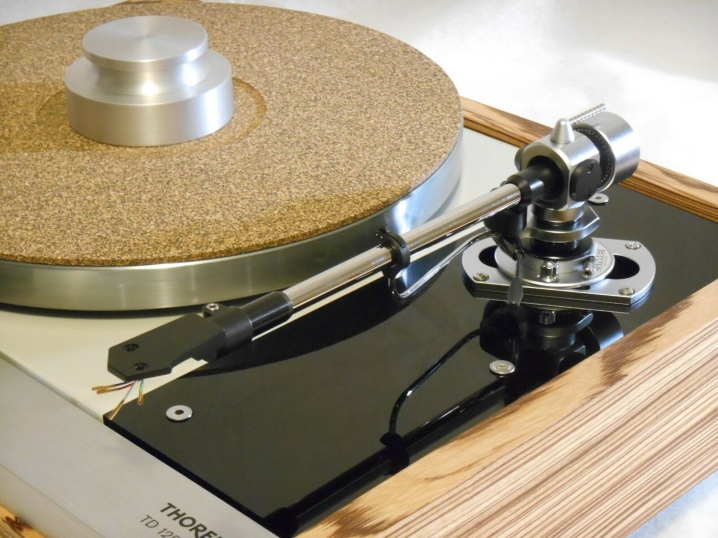
In addition to all of the above, you should also take into account the design features of the pivot mechanism. It is worth recalling that the freedom of movement of the lever with the cartridge directly depends on it.
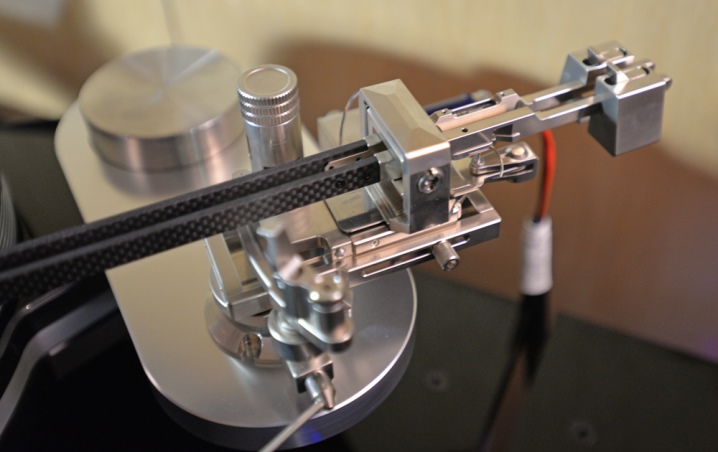
Tangential
It is this category of devices that is considered universal and perfect from the standpoint of the so-called correctness of the sound reproduction algorithm. And it's not about the sound quality, but about the absence of the tracking error mentioned above.
It is worth noting that with an incorrectly tuned tangential arm, the sound will be worse compared to a turntable that uses a well-adjusted lever mechanism.
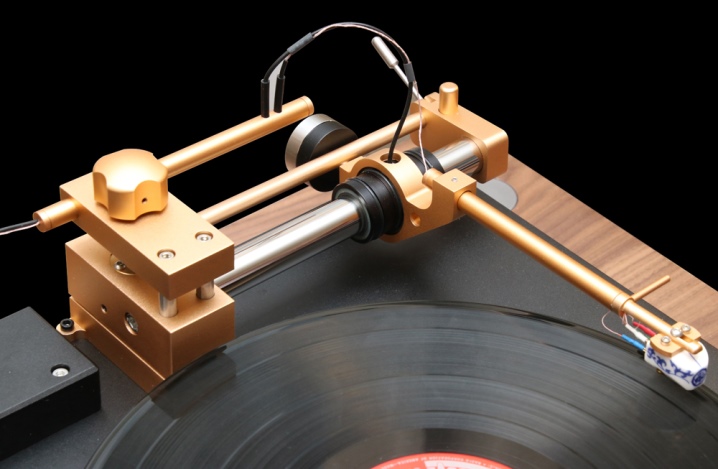
Even taking into account the introduction of innovative solutions and unique technical characteristics devices of this type did not become widespread... This is due to the complexity of the design itself and the high cost. Today, such devices are equipped with vinyl players of the upper price range. Naturally, there are also budget models on the market, but they significantly inferior in quality to their expensive "brothers" by ensuring the longitudinal movement of the pickup.
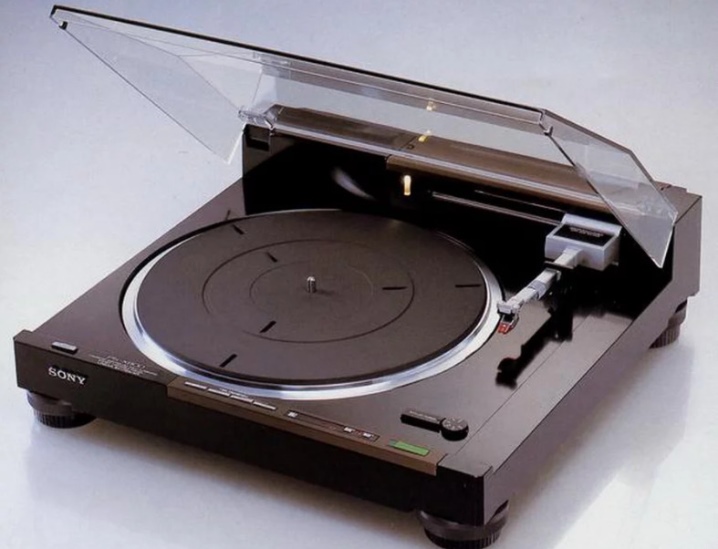
The base of the tangential structure includes two supports mounted on the equipment chassis. Between them are guides for the tube with the cartridge. Due to this design feature, the entire lever is set in motion, and not one part of it. In parallel, the advantages of such models can also be attributed to the absence of the so-called rolling force characteristic of radial devices. This, in turn, eliminates the need to periodically tweak the system.
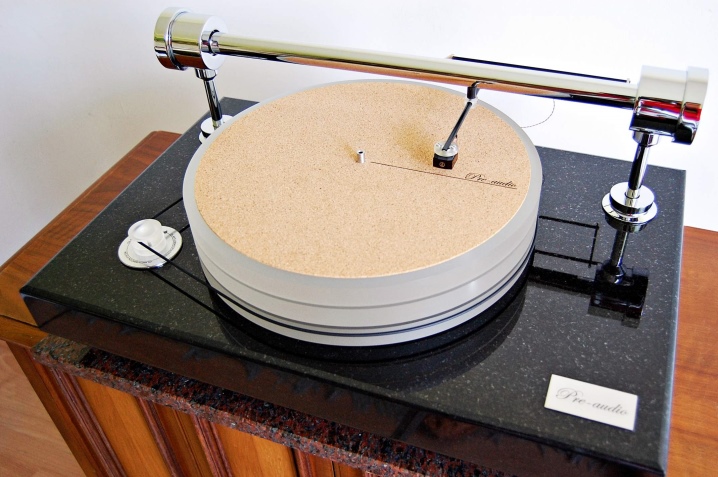
Top Models
Even with such a factor as conservatism, the market for turntables and accessories continues to evolve. In such conditions, new items periodically appear on it, and manufacturers expand their assortment. Taking into account the recommendations of experts and user reviews, the following most popular tonearm models can be distinguished.
- Ortofon TA110 - 9 '' gimbal arm with aluminum tube. The effective mass and length of the device are 3.5 g and 231 mm, respectively. The tracking force value ranges from 0 to 3 g. The S-shaped tonearm with an offset angle of 23.9 degrees is statically balanced.
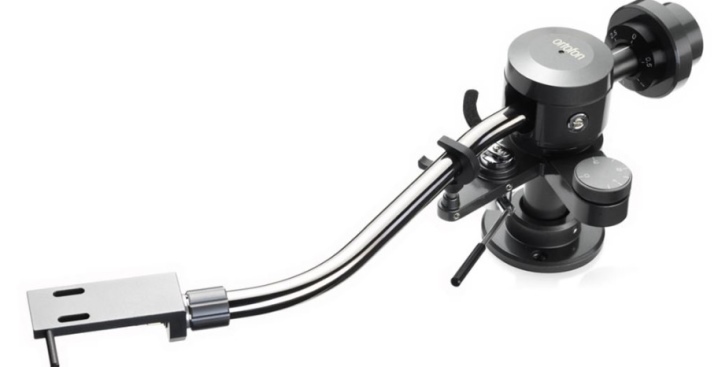
- Sorane SA-1.2B Is a 9.4-inch lever-type aluminum tonearm. The weight of the cartridge in combination with the shell can vary from 15 to 45 g. One of the main features of the model is the use of bearings for suspension and vertical movement of the entire system. In a similar way, the developers managed to combine the key advantages of gimbal and single-support structures. The assembly of the model is based on a modular principle, and its constituent parts are a tube, suspension housing, bearings and a counterweight axis. The shell for the cartridge is installed on the latter.

- VPI JW 10-3DR. In this case, we are talking about a single-support 10-inch device with a tube made of composite material completely damped from the inside. Effective arm length and weight are 273.4 mm and 9 g. This advanced 3D printed model is a prime example of a modern turntable system.
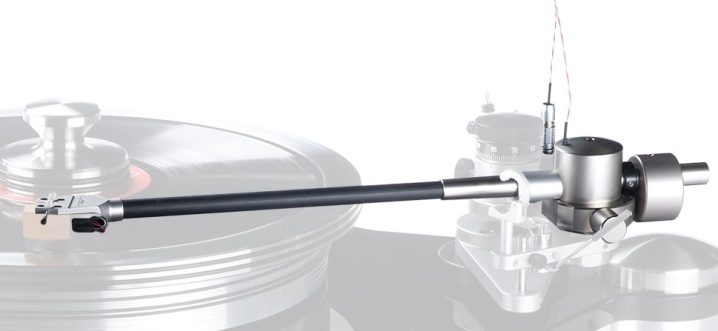
- SME Series IV - 9 '' gimbal with 10 to 11 g effective weight and magnesium tube. The permissible cartridge weight ranges from 5-16 g, and the effective arm length is 233.15 mm. This model differs from most competitors in its versatility, which allows it to be integrated with many turntables and cartridges without selecting a base.
The user can adjust the downforce, anti-skating, and vertical and horizontal angles.
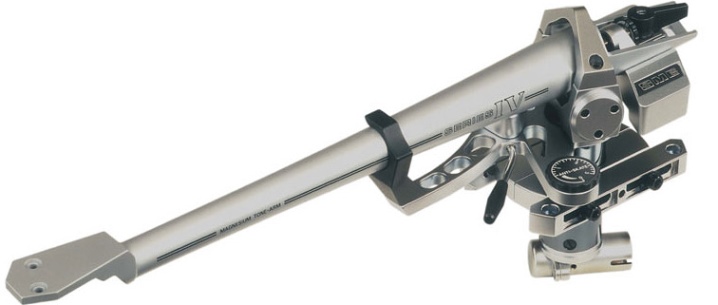
- Graham Engineering Phantom-III - a device that is a single-bearing, 9-inch tonearm. Received from the developers a unique stabilization system, functioning due to neodymium magnets. The device has a titanium tube and the allowable cartridge weight is 5 to 19 g.
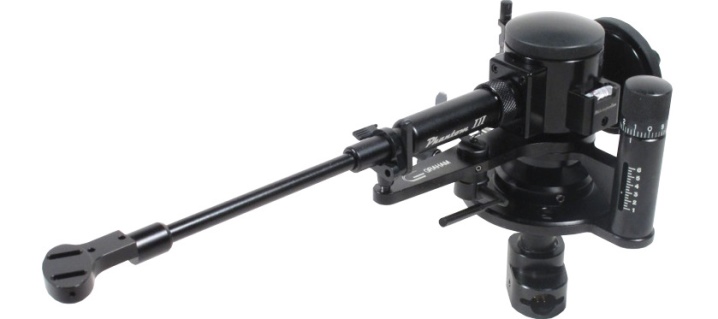
Installation and configuration
In the process of installing and adjusting the tonearm, you can encounter certain difficulties. In particular, we are talking about situations in which the device does not descend to the desired level, and the needle does not touch the surface of the vinyl. In this case, you will need to adjust the height of the tonearm. In some situations it may be necessary to adjust the mechanism platform.
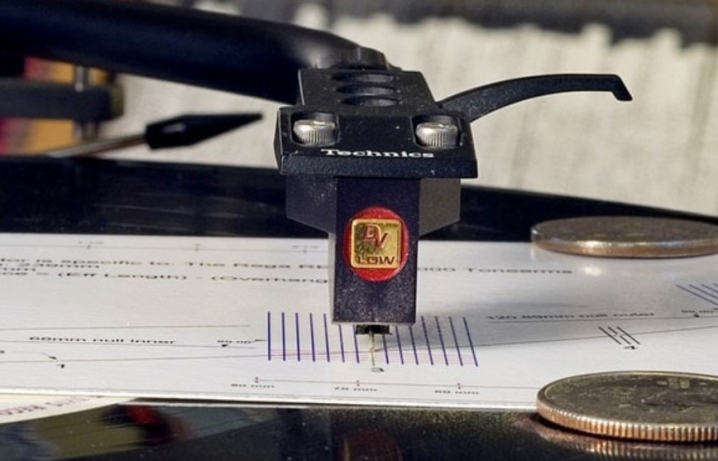
The sound quality depends on many factors related to the tuning of the cartridge holder, including, for example, the seating depth in the gramophone.
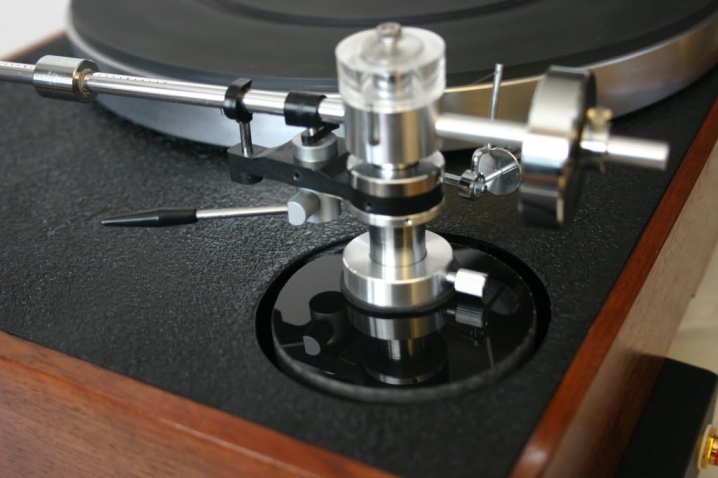
One of the key points is the lateral tracking angle... To adjust it, you need to print a special template. A black dot will mark the mounting location on the turntable spindle.
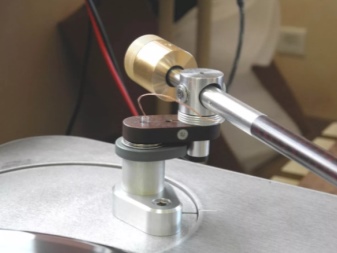
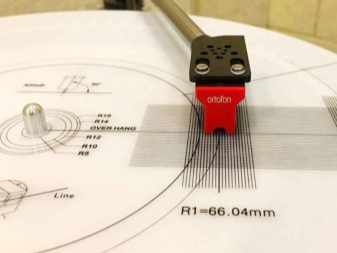
After the template has been placed, the following is required.
- Place the needle at the center point of intersection of the lines on the far side of the lattice.
- Check the position of the cartridge in relation to the grid (should be parallel).
- Place the head on the near side.
- Check for parallelism with grid lines.
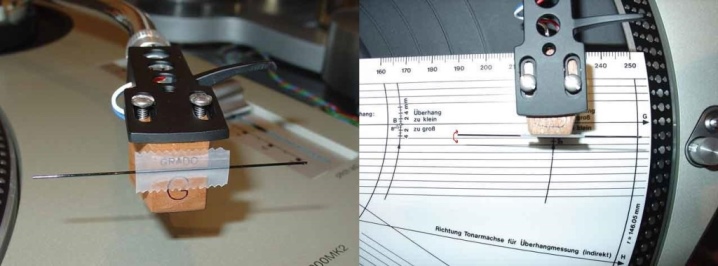
If necessary loosen the two screws securing the head to the cartridge.
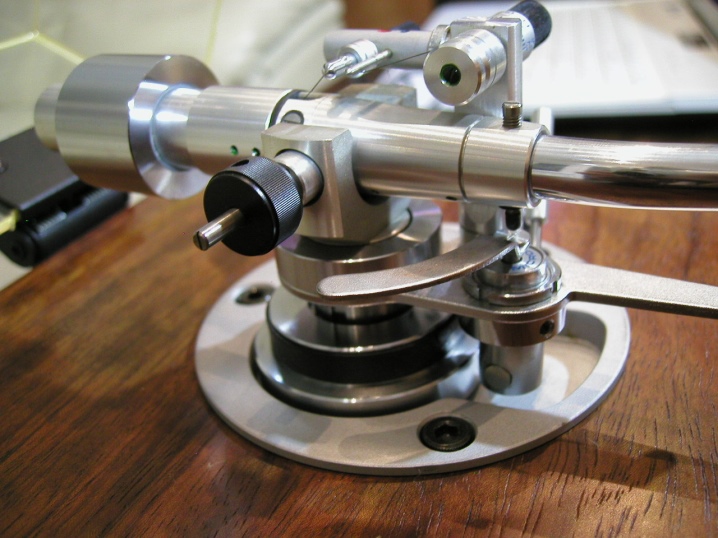
After that all that remains is to position the device at the desired angle. By the way, in some cases replacement of fasteners may be required... Another important point is the optimal pressure of the tonearm on the surface of the carrier (record).
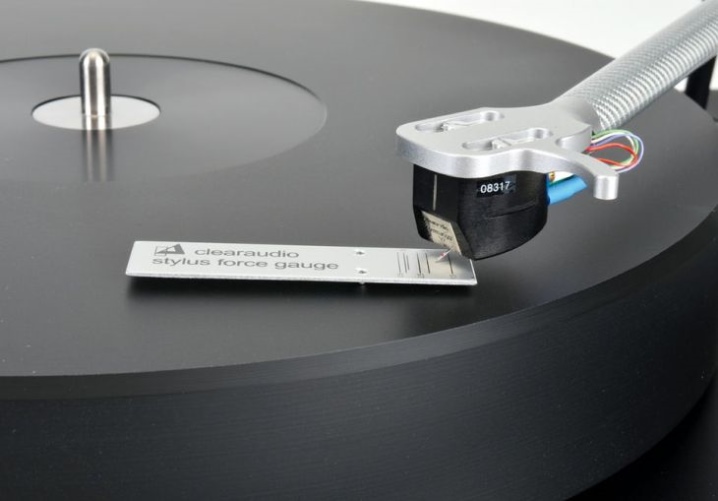
When setting the tracking force, the following steps are required.
- Set the anti-skating indicator to zero.
- Lower the arm itself using special weights and achieve the so-called "free flight" position.
- Make sure the head is exactly parallel to the plane of the deck.
- Set a zero value on the adjusting ring and at the base of the weights.
- Raise the lever with the cartridge and place it on the holder.
- Fix the parameters specified in the product passport on the adjusting ring.

To control the results, use a special scale to determine the downforce, with an accuracy of one hundredth of a gram. Taking into account this parameter, the value of the anti-skate is determined. By default, these two values must be identical. For the most accurate adjustment, laser discs are used.
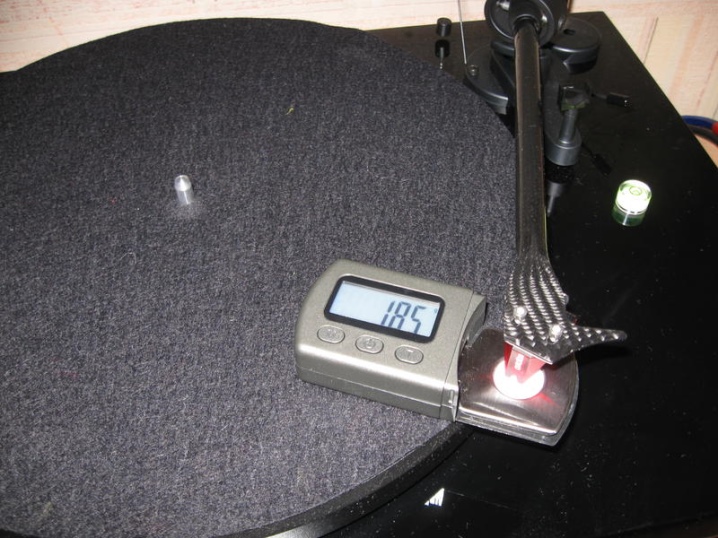
After all the key parameters have been determined and set, all that remains is to connect the tonearm to the phono stage or to the amplifier using a cable.
It is important to note that the right and left channels are marked in red and black, respectively. Also remember to connect the ground wire to the amplifier.
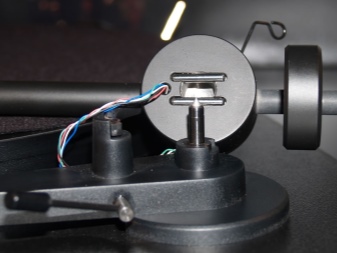
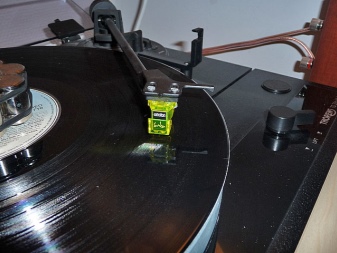
The following video shows you how to adjust the stylus and tonearm on a turntable.













The comment was sent successfully.